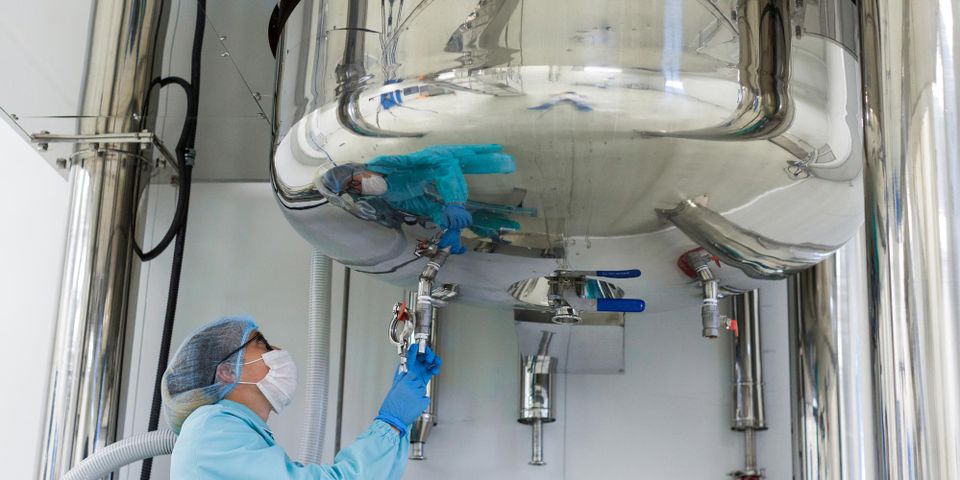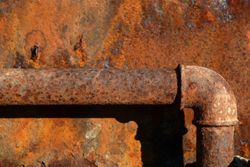
In the world of metal fabrication, steel is one of the most common materials used for construction and engineering purposes. However, it’s important to understand that this metal can vary by type. In particular, stainless steel is much different than carbon—or mild—varieties. To help illustrate how these metals are vastly dissimilar from one another, here is a brief comparison between stainless and mild steel.
Stainless vs. Mild Steel
Alloys
Both materials are combined with other metals to further enhance their physical and chemical properties. Stainless varieties contain chromium, whereas mild is carbon-based. These alloys play an important role in the way these metals behave and how they are utilized.
Corrosion
 Stainless steel gets its name because it does not rust easily and will not become discolored, thanks to its corrosion-resistant chromium alloys. By comparison, mild varieties are much more corrosive due to its carbon content. When exposed to moisture, you can expect this metal to turn a reddish-brown color, as well as degrade.
Stainless steel gets its name because it does not rust easily and will not become discolored, thanks to its corrosion-resistant chromium alloys. By comparison, mild varieties are much more corrosive due to its carbon content. When exposed to moisture, you can expect this metal to turn a reddish-brown color, as well as degrade.
Magnetism
The amount of iron found in stainless steel may determine whether it is magnetic. Mild steel is highly ferrous, making it a magnetic material. However, if too much heat is applied, the material may lose its magnetic properties. For this reason, metal fabrication professionals must use extreme care when welding carbon steel.
Strength & Pliability
Stainless steel is generally recognized for its ductile capabilities that allow it to be shaped into thinner and more brittle materials. Carbon steel, on the other hand, is stronger but not as pliable. It can be strengthened even further by adding more carbon.
Applications
As a rust-resistant and pliable metal, stainless steel is often used in appliance production—especially those that are exposed to moisture, including refrigerators and dishwashers. It’s also a more hygienic choice for hospital and commercial kitchen surfaces. While stainless varieties are not necessarily structurally sound, they are commonly used as cladding in architecture. Its lightweight properties also make it ideal for aircraft and automobile metal fabrication.
Carbon steel is generally relied on for its impressive strength. However, this integrity ultimately depends on the amount of carbon alloys that are present. Low-carbon steels, for example, are used in shipbuilding due to their lightweight, yet tough, composition. High-carbon steels, by contrast, are typically used in construction due to their impressive strength and easy welding capabilities.
No matter what the size of the project, any form of metal fabrication requires careful use of materials. That’s why industrial clients in the La Crosse, WI, region turn to C & C Machine for comprehensive welding and machining services. Backed with state-of-the-art equipment, these technicians will artfully create durable, reliable resources to fit the specific needs of your project. They can also offer in-depth guidance on choosing—and manipulating—the right metals for your needs. Visit this full-service machine shop online for more details on their capabilities. To request an estimate, call a friendly associate at (608) 784-4427.
About the Business
Have a question? Ask the experts!
Send your question

